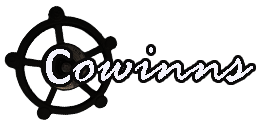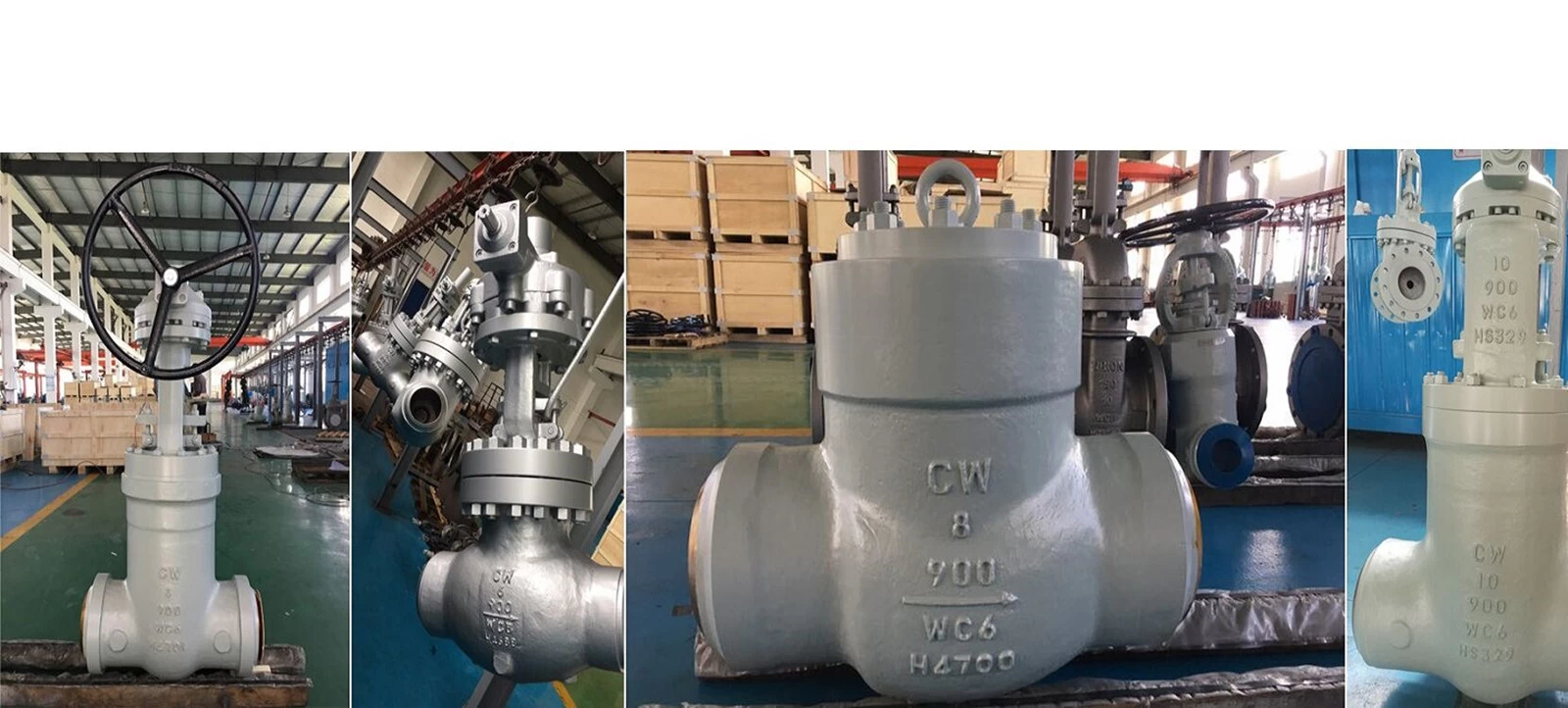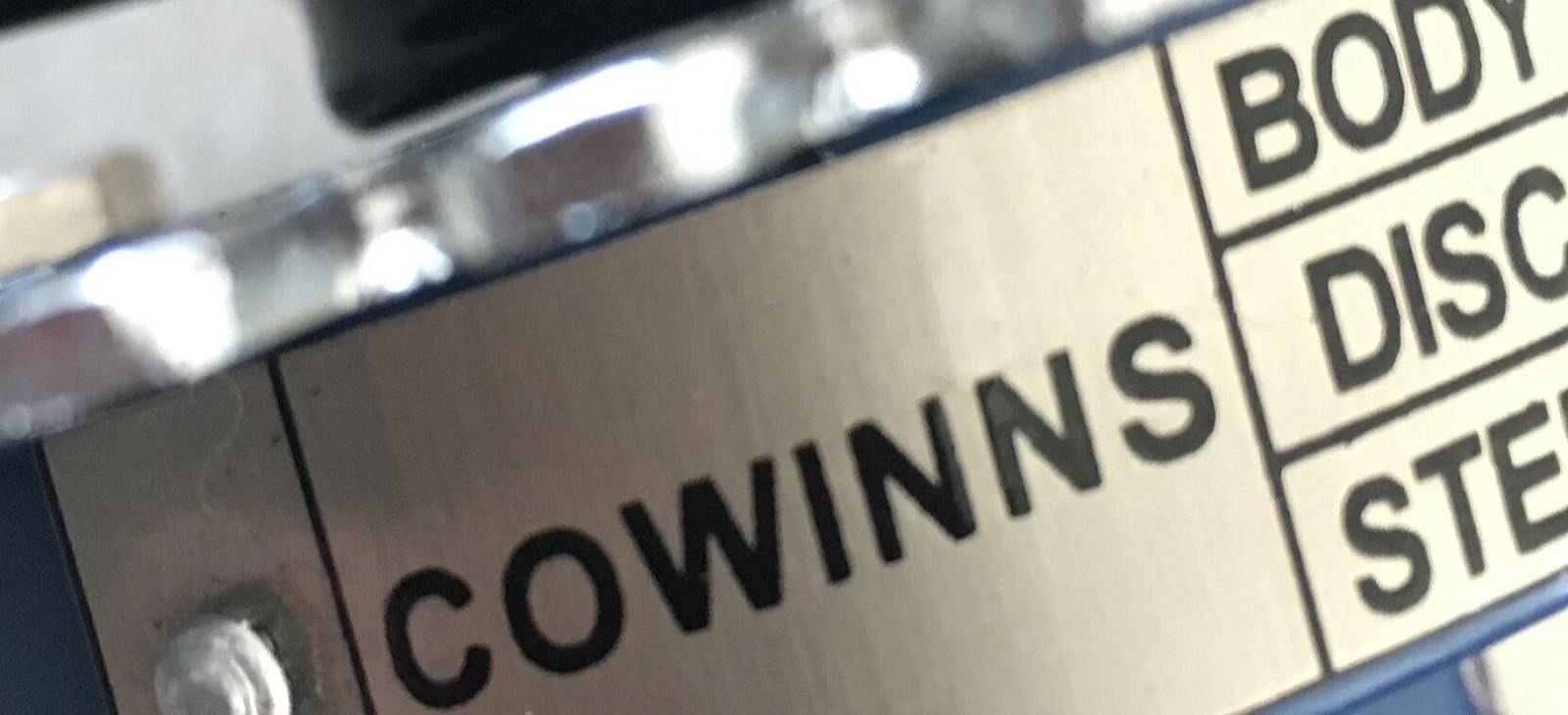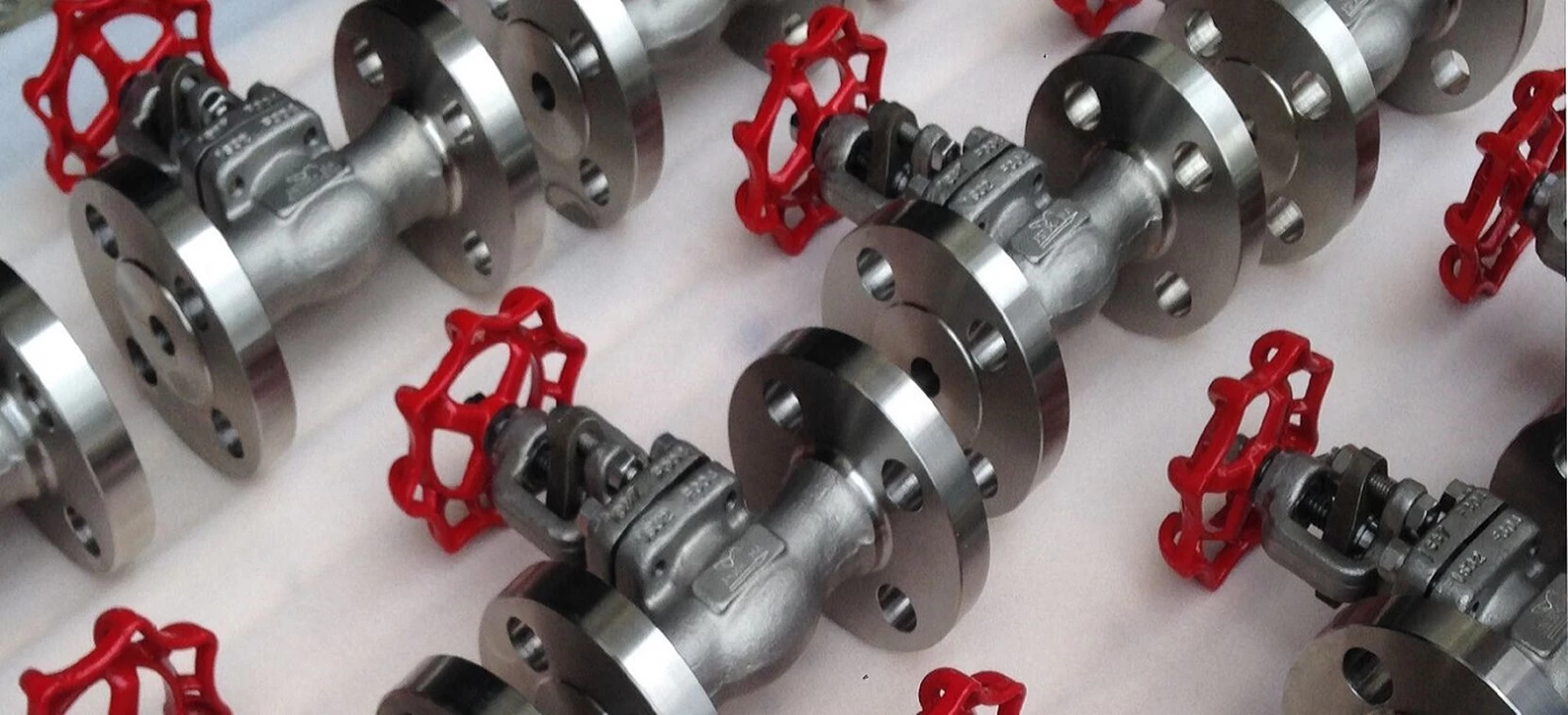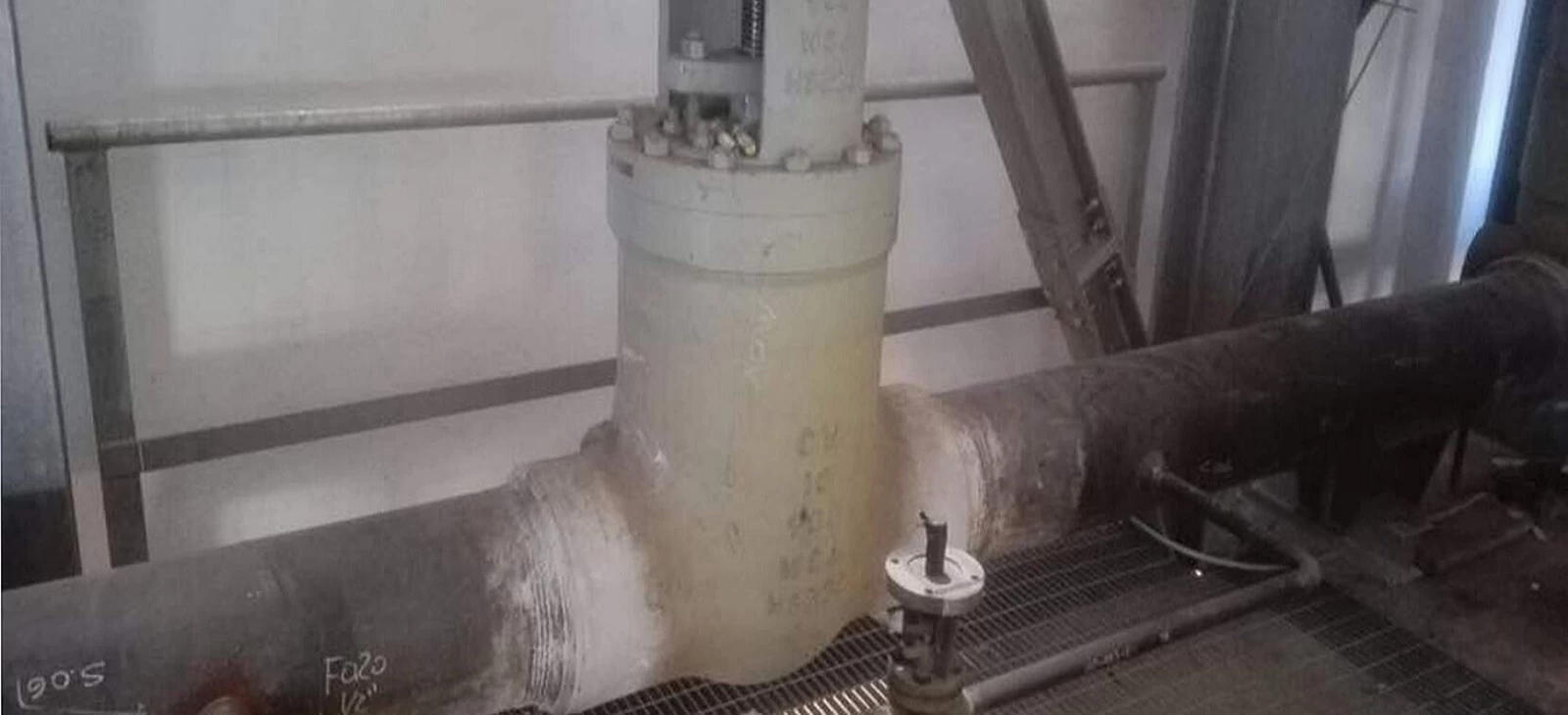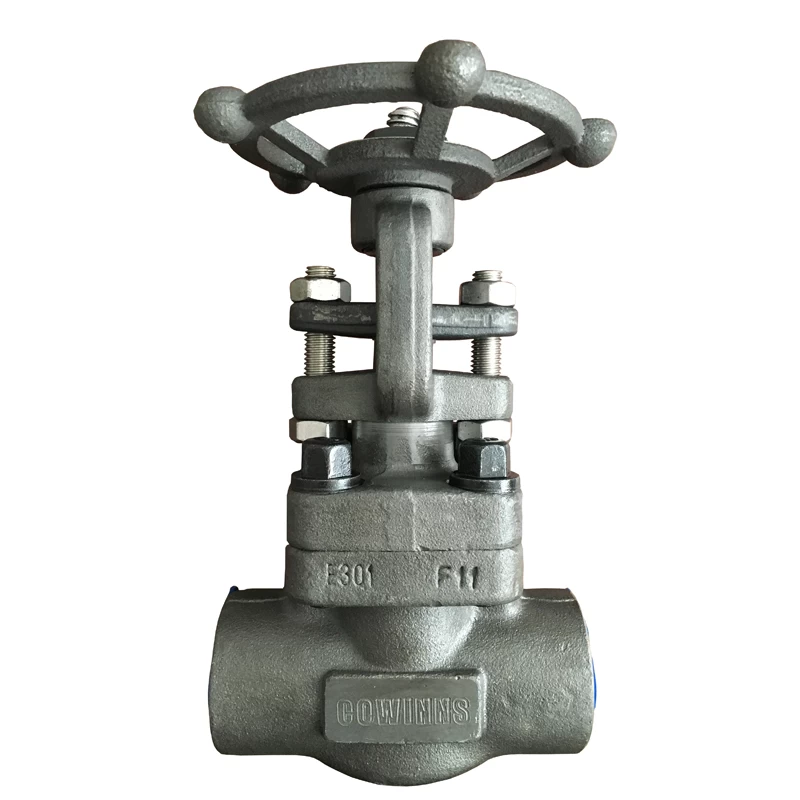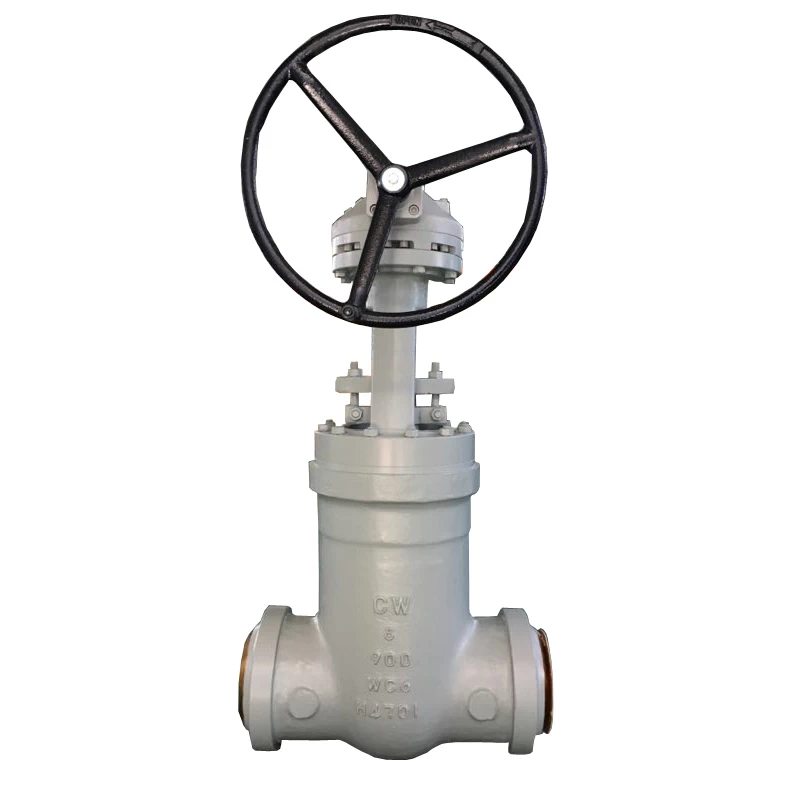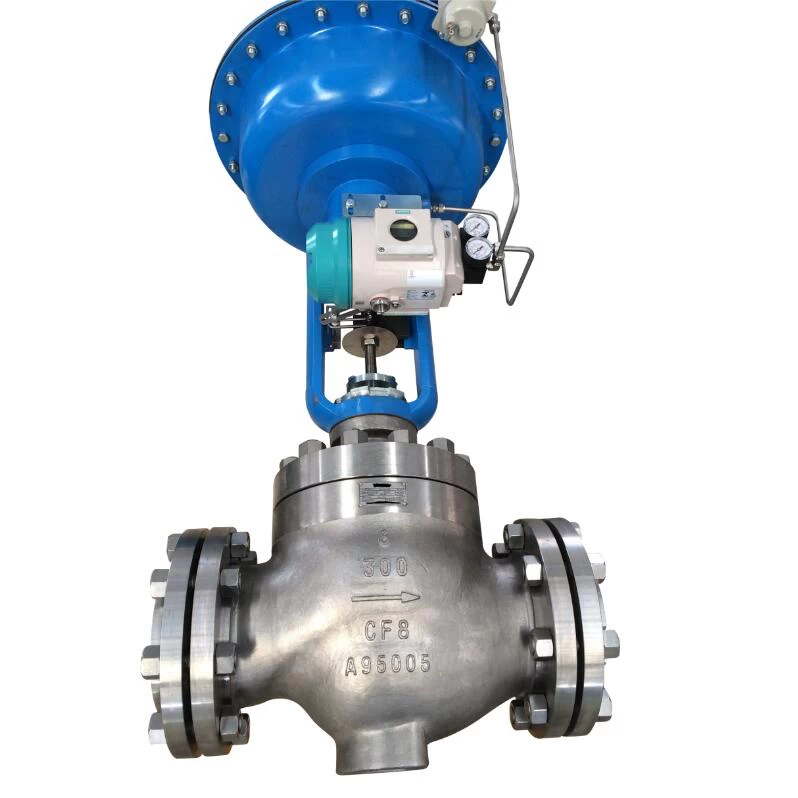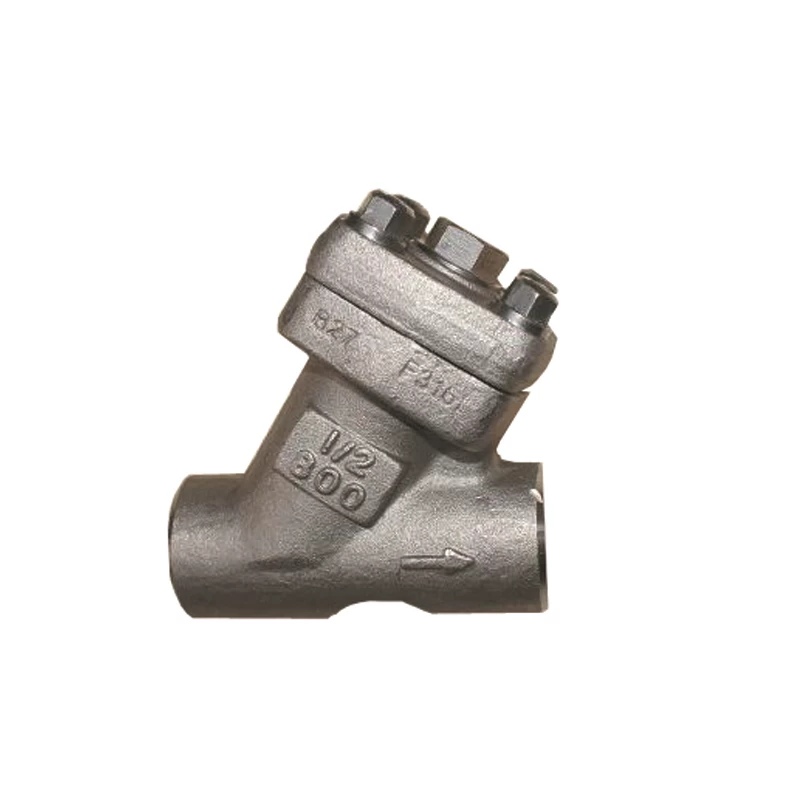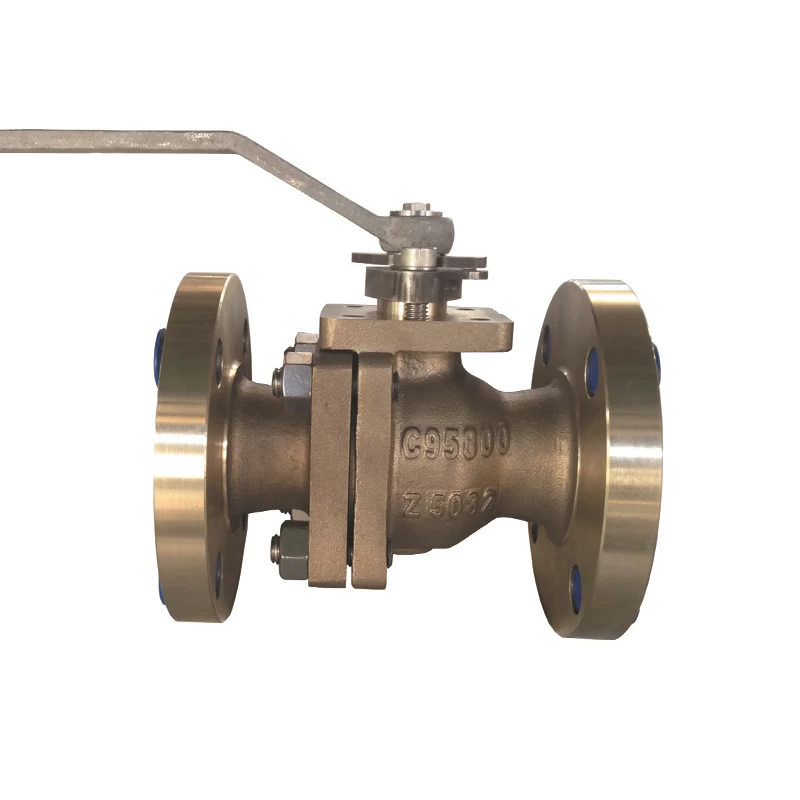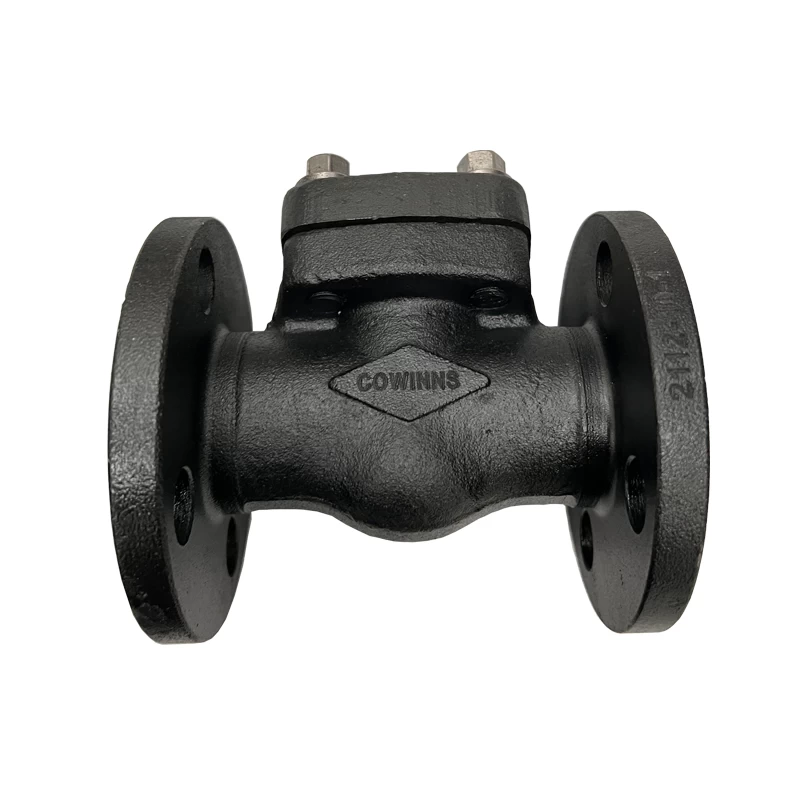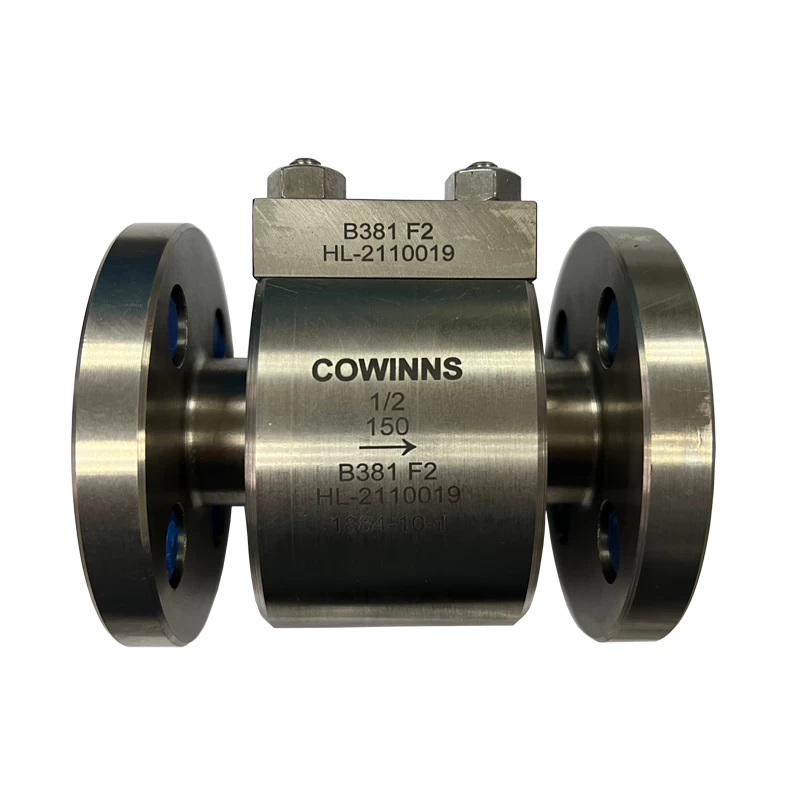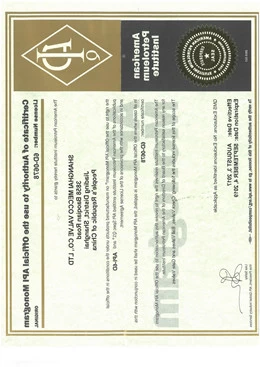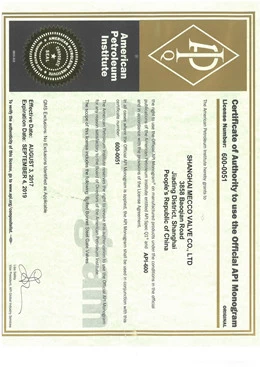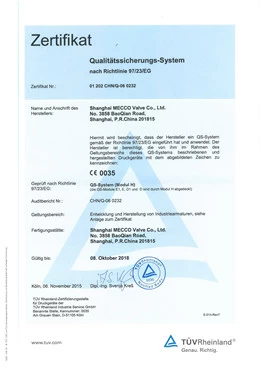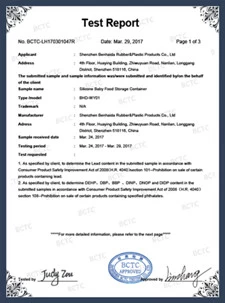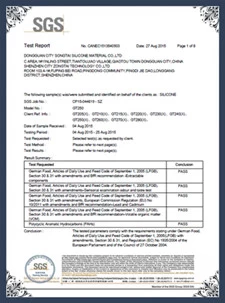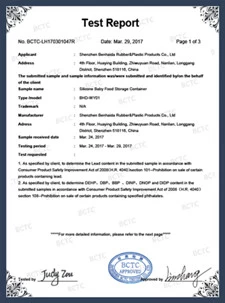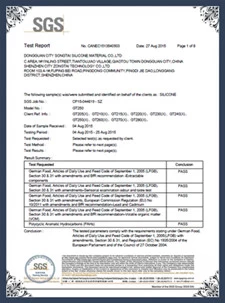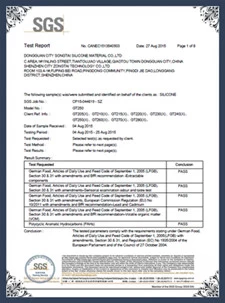How Temperature Affects Centrifugal Pump Selection
How Temperature Affects Centrifugal Pump Selection
When selecting a centrifugal pump, one important factor to consider is temperature. In systems supplied by manufacturers such as a China C63200 check valve factory, understanding temperature behavior is essential to ensuring pump efficiency, reliability, and compatibility with the system's requirements.
First, it is necessary to understand two basic concepts: temperature and absolute zero. Temperature is the measure of heat present in a gas, liquid, or solid. The two most familiar temperature scales are Fahrenheit and Celsius, both developed in the 1700s. They differ significantly in key points:
The freezing point of water is 0 °C or 32 °F
The boiling point of water is 100 °C or 212 °F
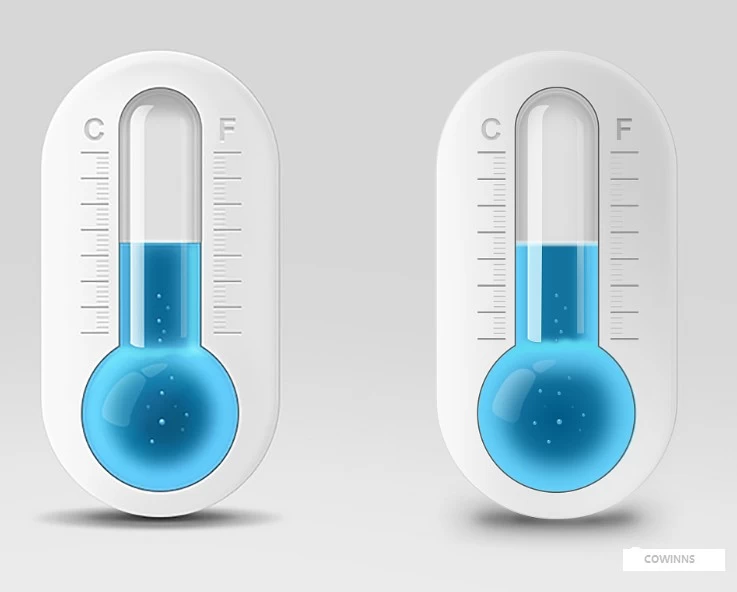
Absolute zero is defined as the lowest possible temperature, the point at which atomic motion in a substance ceases and no thermal energy is transferred. Temperature measurements relative to absolute zero are expressed in Kelvins (K) in the Celsius system (0 K = -273.15 °C) and in Rankine (°R) in the Fahrenheit system (0 °R = -459.67 °F). Note that Kelvin is a unit without “degree”.
Secondly, we must understand the relationship between temperature and pressure. Temperature not only affects the pump’s operational stability and efficiency, but also impacts system pressure. When a gas cools toward absolute zero, it condenses into a liquid. As temperature increases, gas pressure also rises. If a low-temperature fluid exceeds its boiling point, it turns into gas, potentially leading to high-pressure surges and sealing failures.
Because different fluids develop pressure in different ways, the pumping system must be specially designed based on the characteristics of the pumped medium. Failure to do so can result in system breakdowns, leading to costly downtime, maintenance, and production losses.
In addition, the ambient temperature at the user's site must be taken into account. When a pump is installed outdoors and nighttime temperatures drop sharply, the liquid inside the pump may freeze. Restarting a frozen pump can lead to damage or component wear. In such cases, insulation jackets or full thermal insulation may be required to keep the pump heated. Alternatively, the pump can be mounted on a skid or trolley to allow movement indoors during cold periods.
The expected operating temperature range the pump must handle is critical to proper selection. It not only affects the pump type and configuration but also determines material and component choices. Although temperature is a familiar concept, in industrial applications it can introduce complexity and compromise equipment reliability.
Therefore, both the ambient temperature and the temperature of the pumped medium must be considered in the pump selection process.
1. Temperature affects centrifugal pumps in the following ways:
1) Structural materials: If the pumped medium is a chemical, temperature changes may cause corrosion. Hot, boiling fluids are more aggressive than cold ones. Therefore, checking material compatibility at operating temperatures is essential. At cryogenic temperatures (e.g., -150 °C or lower), many materials, such as standard carbon steel, become brittle. For pumping LNG or other cryogenic fluids, specialized materials are needed. This can include alloying elements or forged metals with specific grain structures that maintain integrity under extreme cold.
2) Pump components: For packing seals, rising temperature increases the amount of heat transferred from the stuffing box along the shaft to the bearings, potentially shortening bearing life or causing seizure.
3) Fluid viscosity: Fluids change viscosity with temperature. For example, honey becomes thinner when heated, which affects how it should be pumped. Understanding this helps ensure the correct pump structure is selected.
4) Component expansion: Metals expand at different rates under heat. This is especially important in pump selection and impacts material choice.
5) Thermal insulation: Some applications require maintaining specific fluid temperatures. This can be achieved through controlled flow or by using insulation jackets or full thermal insulation.
2. Temperature influences:
1) Pump construction:
For fluids over 160 °C, pumps with centerline-supported feet are recommended.
For fluids over 200 °C, use radially split pumps.
For ~400 °C low-pressure tower bottom slurry in petrochemicals, OH2 pumps are commonly used to reduce leakage points.
For ~400 °C fluids where single- or two-stage pumps are insufficient, BB5 pumps are chosen for safety.
For cryogenic liquids, VS6 vertical canned pumps are suitable for cold preservation.
For highly viscous or crystallizing media at room temperature, thermal jackets or full heating insulation may be required.
If viscosity at pump temperature is too high, centrifugal pumps may not be suitable.
2) Material selection:
For moderately low temperatures, low-temperature carbon steel or austenitic stainless steel is used.
For very low temperatures, austenitic stainless steel is preferred.
For hot slurry containing catalyst particles, OH2 pumps with wear-resistant cast iron linings and impellers are recommended.
For clean hot slurry, OH2 pumps with CA-6NM linings and impellers are typically used.
3) Mechanical seals and seal systems:
For normal temperatures, Type A seals (up to 176 °C).
For low temperatures, Type B seals (up to 176 °C).
For high temperatures, Type C seals (up to 400 °C).
For media with self-ignition temperatures ≤ pump temperature, API Plan 2 or 3 layouts are used.
For high or low temperature operations, API Plan 62 flushing systems are commonly added.
 +86 512 68781993
+86 512 68781993 